- Foundation
- Actions
- Osteoarthritis
- Actuality
- OAFI Radio/TV
- Get Involved
- Contact
OAFI
Osteoarthritis International FoundationC/ Tuset, 19 · 3º 2ª
08006 Barcelona
(+34) 931 594 015
info@oafifoundation.comSchedule:
Monday-Thursday 9AM-6PM
Friday 8AM-3PM
-

-

-

Natural selection favoured shorter bones to COMBAT THE COLD, increasing the risk of osteoarthritis
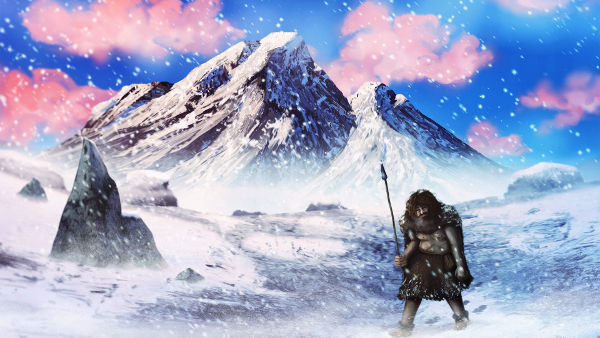
Researchers at Stanford University and Harvard University have found that mutations in the GDF5 gene associated with shorter stature allowed our ancestors to migrate from Africa to frigid parts of the North 50,000-100,000 years ago. However, these same mutations are associated with a nearly twofold increased risk of osteoarthritis.
A more compact body structure due to shorter bones may have helped our ancestors to better withstand frostbite and reduce the risk of bone fracture, the researchers speculate. These advantages in dealing with cold temperatures and icy surfaces may have outweighed the threat of osteoarthritis.
In this study published in the journal Nature Genetics, researchers have analysed a DNA sequence that may be linked to the expression of the GDF5 gene. They compared this, sequence, calledGROW1, in the 1,000 Genomes Project database, which collects and compares sequences from many human populations around the world, and identified a single nucleotide change that is highly prevalent in Europeans and Asians but rarely occurs in Africans.
It was not only our early human ancestors who found this solution, the researchers discovered. Our even older cousins, the Neanderthals and Denisovans, also highlighted this same genetic variant (through a process known in genetic circles as positive selection) when they left Africa some 600,000 years ago. Its evolutionary popularity means it is now present in billions of people.
“Because it has been positively selected, this gene variant is present in billions of people,” said David Kingsley, PhD, professor of developmental biology at Stanford University. “So, although it nearly doubles each person’s risk, it is probably responsible for millions of cases of osteoarthritis worldwide. This study highlights the intersection between evolution and medicine in a really interesting way, and could help researchers learn more about the molecular causes of the disease.”
“The potential medical impact of the finding is very exciting because there are so many people affected,” Kingsley continues. “This is an incredibly prevalent and ancient variant. Many people think of osteoarthritis as a wear-and-tear disease, but there is clearly a genetic component as well. We have now shown that positive evolutionary selection has resulted in one of the best known variants of height and risk of osteoarthritis in human populations”.
Article reference
Terence D Capellini, Hao Chen, Jiaxue Cao, Andrew C Doxey, Ata M Kiapour, Michael Schoor & David M Kingsley. Ancient selection for derived alleles at a GDF5 enhancer influencing human growth and osteoarthritis risk. Nature Genetics (2017) doi:10.1038/ng.3911
https://www.nature.com/ng/journal/vaop/ncurrent/full/ng.3911.html
More information at:
Categories :
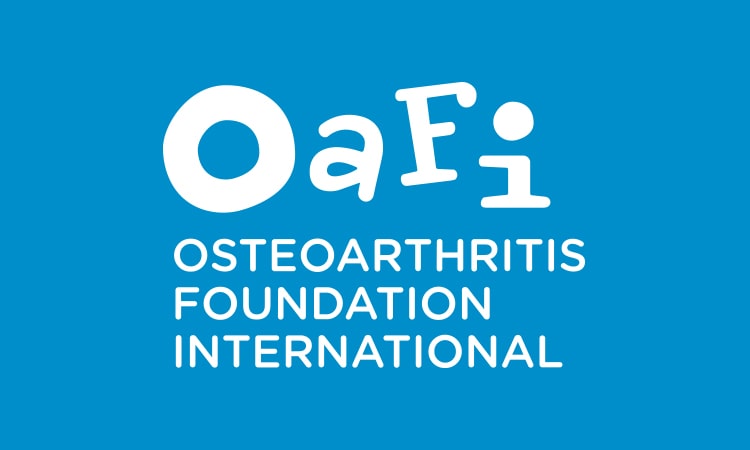



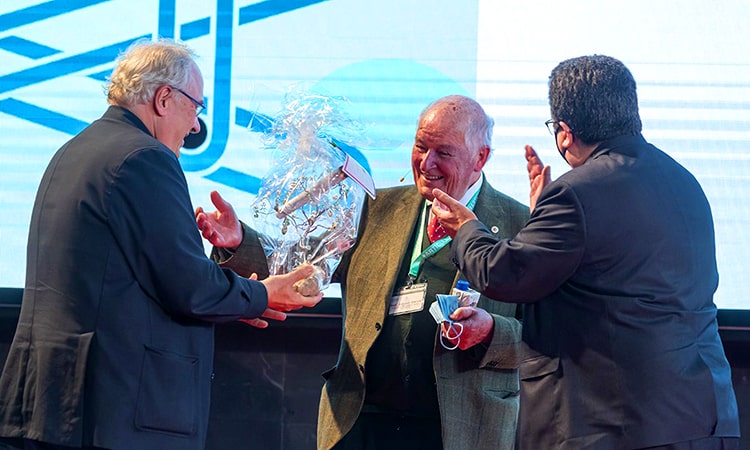
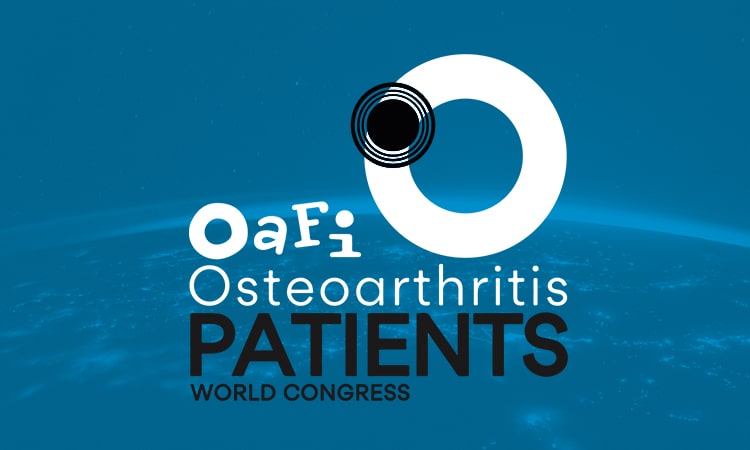



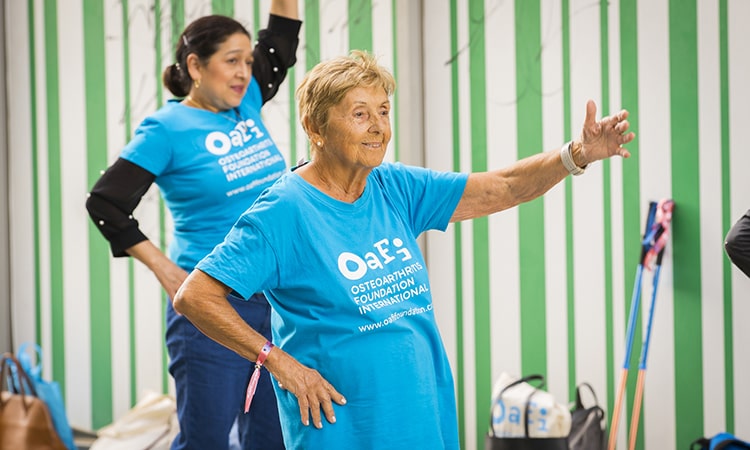
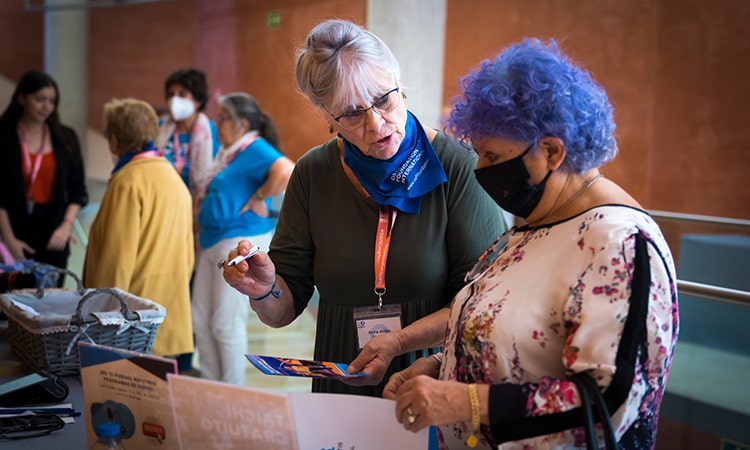


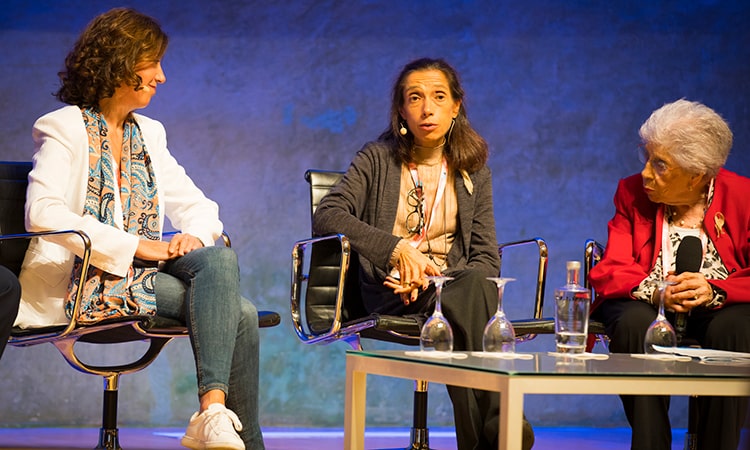
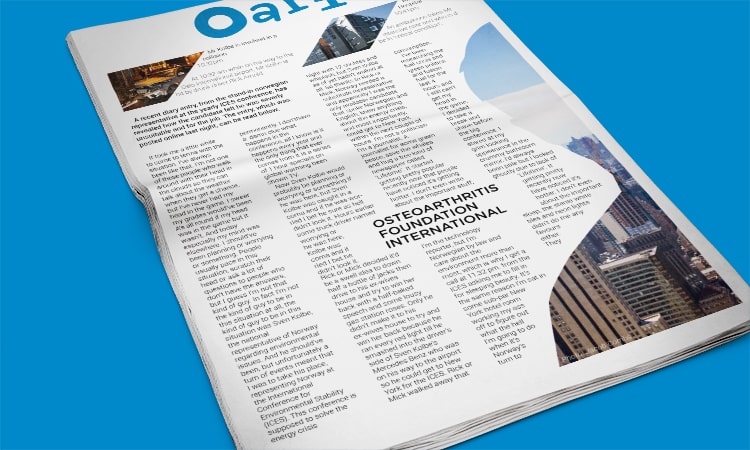


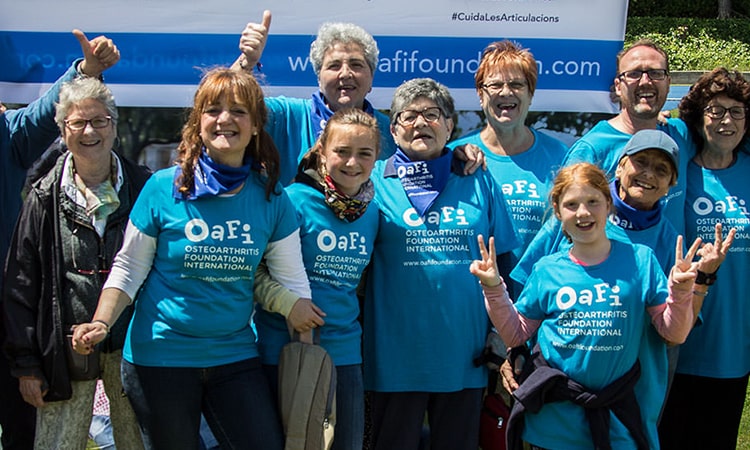




Leave a Reply